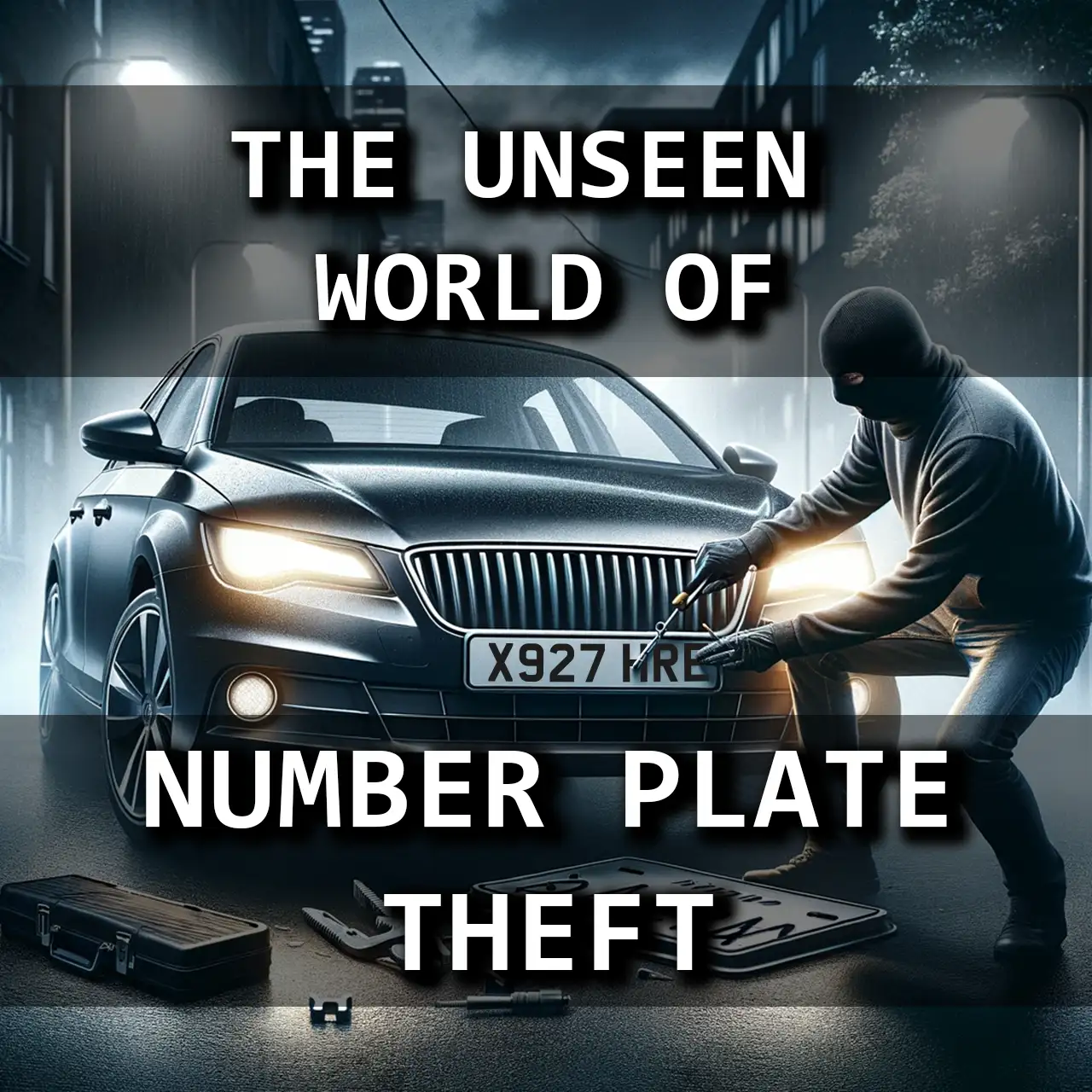Discovering your number plates have been lost or stolen can be an alarming experience. Not only does it leave your vehicle without proper identification, but it also exposes you to the risk of identity theft and other criminal activities. In this guide, we’ll walk you through the crucial steps you need to take immediately after realizing your number plates are missing, to minimise potential damage and ensure a smooth recovery process.
The Importance of Acting Quickly
When you find out your number plates are missing, time is of the essence. The sooner you take action, the lower the chances of your plates being used for illegal purposes, such as cloning another vehicle or evading traffic violations. Swift action can help reduce the risk of becoming entangled in any criminal activities carried out using your stolen plates.
Potential Consequences of Delayed Action
Failing to act promptly can lead to various negative consequences:
- Your stolen plates may be used to commit crimes or traffic offences, which could be traced back to you
- You might face legal issues or fines due to the misuse of your plates
- The longer you wait, the more difficult it becomes to track down your stolen plates
Reporting the Loss or Theft
Your first priority should be to report the loss or theft of your number plates to the relevant authorities. This step is essential to create an official record of the incident and to protect yourself from any potential legal repercussions.
Contacting the Police
Start by reporting the theft or loss to the police. Call the non-emergency number, 101, and provide them with the following information:
- Your vehicle registration number
- The make and model of your car
- The location where you believe the plates were stolen or lost
The police will create a report and provide you with a unique crime reference number. Keep this number handy, as you’ll need it for future correspondence and insurance purposes.
Notifying the DVLA
After contacting the police, inform the Driver and Vehicle Licensing Agency (DVLA) about the lost or stolen plates. You can do this online through their website or by sending a letter to their Swansea headquarters. Make sure to include:
- Your vehicle registration number
- The crime reference number provided by the police
- Your personal details
The DVLA will mark your registration number as stolen in their database, making it more difficult for criminals to misuse your plates.
Further Reading
You may also be interested in: The Unseen World of Number Plate Theft and Its Consequences
Informing Your Insurance Provider
Don’t forget to notify your insurance company about the theft or loss of your number plates. While most standard insurance policies don’t cover the cost of replacement plates, some comprehensive plans might. Informing your insurer ensures that the incident is noted on your file, which can be helpful if someone uses your stolen plates to commit a crime or incur traffic violations.
Ordering Replacement Number Plates
Once you’ve completed the necessary reporting steps, it’s time to order replacement number plates for your vehicle. Choosing a reputable, registered supplier is crucial to ensure your new plates comply with all legal requirements.
Choosing a Reputable Supplier
When selecting a supplier for your replacement 4D number plates, 3D number plates, or gel number plates, consider the following factors:
- DVLA registration: Ensure the supplier is registered with the DVLA and authorised to sell number plates in the UK
- Quality: Opt for a supplier that uses high-quality materials and advanced manufacturing techniques to produce durable, long-lasting plates
- Legal compliance: Choose a supplier that guarantees their plates meet all legal specifications, such as font style, character size, and spacing
SurePlates is a trusted, DVLA-registered supplier that offers a wide range of high-quality, road-legal number plates to suit your needs.
Required Documentation
When ordering your replacement plates, you’ll need to provide proof of identity and vehicle ownership. This typically includes:
- Your driver’s licence, passport, or other government-issued ID
- Your vehicle registration document (V5C)
Installing Your New Number Plates
Once you’ve received your replacement number plates, it’s time to install them on your vehicle. Follow these steps to ensure a proper installation:
- Clean the mounting area: Remove any dirt, grime, or residue from the mounting surface to ensure a secure attachment
- Position the plates correctly: Follow the guidelines set by the Ministry of Transport to ensure your plates are positioned correctly
- Secure the plates: Use appropriate screws or adhesives to attach the plates firmly to your vehicle
If you’re unsure about the installation process, consult with a professional mechanic or the supplier from whom you purchased the plates.
Protecting Your Plates from Future Theft
To reduce the risk of future theft or loss of your number plates, consider implementing additional security measures:
- Anti-theft screws: These specialised screws require a specific tool for removal, deterring potential thieves
- Theft-resistant number plate frames: Add an extra layer of protection to your plates with these sturdy frames
- Regularly check your plates: Make it a habit to periodically inspect your number plates to ensure they are securely attached and in good condition
Conclusion Losing your number plates or having them stolen can be a stressful experience, but by following these immediate steps, you can minimise the risk of identity theft and other criminal activities. Remember to act quickly, contact the police, notify the DVLA and your insurance provider, and order replacement plates from a reputable supplier like SurePlates. By staying vigilant and implementing additional security measures, you can protect your vehicle and your identity from future threats.

